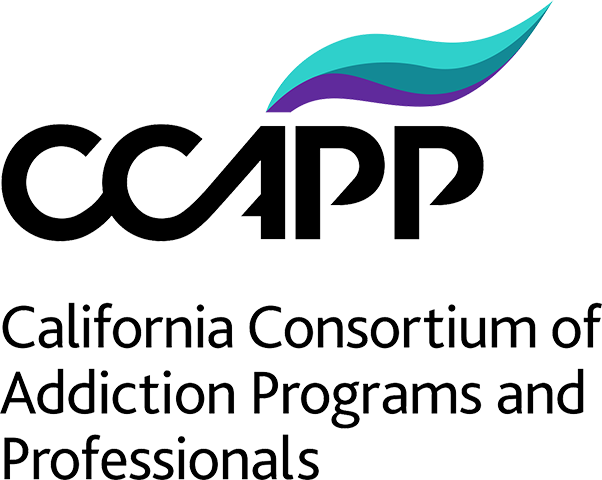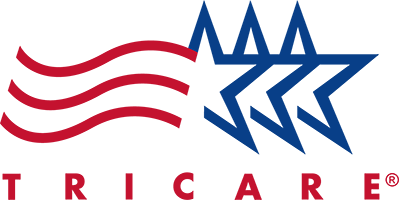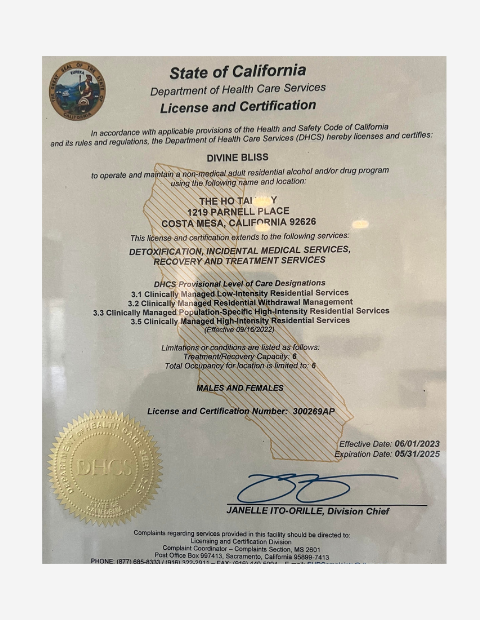In the first few days or weeks of not using drugs or alcohol, individuals will likely experience acute withdrawal symptoms. After the initial phase of withdrawal, the lingering effects are called post-acute withdrawal syndrome (PAWS). PAWS can last anywhere from weeks to a couple of years. Unfortunately, there is no set timeline as to when symptoms of PAWS may subside.
What Causes PAWS?
Experts are unsure exactly what causes PAWS. However, some drugs are more likely to lead to PAWS than others are.
- Marijuana: Insomnia can occur from stopping marijuana. Untreated, it can lead to PAWS.
- Cocaine: Weeks and months after initial sobriety, prolonged issues with impulse control and depression can linger.
- Methamphetamine: Inhibitions from impulse control can last for years.
- Opiates: Insomnia, anxiety, depression, and decreased impulse control can linger after ceasing opiate use. The brain adjusts by decreasing naturally occurring endorphins while increasing the number of opioid receptors. You might feel an increased sensitivity to pain and difficulty experiencing pleasure.
- Benzodiazepines: These medications are prescribed to alleviate conditions like depression and anxiety. When individuals stop taking benzodiazepines, the symptoms may return, as well as PAWS symptoms. Panic attacks and insomnia could be exacerbated during PAWS and often needs significant medical or therapeutic attention to manage.
Am I Going Crazy?
You might feel like you are going crazy because of the symptoms of PAWS. Consider that you already went through detox and have begun to feel better. A few weeks later, you begin to feel antsy, on edge, and can’t sleep. Perhaps, you fluctuate between feeling like you are on top of the world to down in the dumps. You are not alone. Research shows that between 70 – 90% of recovering people experience PAWS depending on the frequency, amount, and duration of use.
Symptoms of PAWS
There are several symptoms. Remember, you might not experience all of them. Here are the most prominent:
- Urges and cravings.
- Sleep disturbance – insomnia, too much sleep, vivid or using dreams.
- Mood swings like depression to euphoria.
- Anhedonia – loss of feeling pleasure.
- Difficulty concentrating.
- Anxiety or panic.
- Memory troubles.
- Irritability or feeling on edge.
- Fine motor coordination difficulty.
Tips and Strategies to Manage PAWS
There are no specific remedies for treating PAWS, but these tips might help ease the symptoms.
- Use some of the strategies you used during the acute phase of withdrawal. Make sure that you get plenty of rest and remember that this phase will not last forever.
- Talk about your experiences and feelings with a trusted friend or therapist. Talking to someone that you trust can help you sort out your thoughts and feelings.
- Learn about your addiction. Read blogs or other material that gives you an understanding of what you are experiencing.
- Explore spirituality. Meditation or mindful practices might ease anxiety and help you feel grounded. It can be comforting to explore spirituality.
- Moderation and balance can indeed help simplify life and negative feelings. While it is nice to enjoy and occasionally indulge, too much tips the balance and can create problems. For instance, eating one piece of chocolate cake during a diet is not too detrimental. However, eating the whole cake while on a diet is counterproductive to the goal.
- Good nutrition. Cravings for sugar and carbs increases dopamine, the feel-good brain chemical. However, indulging in these can make the symptoms of PAWS worse. Eat proper nutrients following the USDA My Plate guidelines to eat a balanced diet. If possible, meet with a nutritionist for a personalized dietary plan.
- Exercise regularly. Exercise also releases endorphins that can provide a mental boost. You should try for at least 30-60 minutes daily 3 – 5 times per week. You might try a new activity or sport, like tennis, hiking, or swimming. Sometimes a walk in nature can do wonders for the spirit.
- It only takes a few minutes to meditate. Listening to sounds of nature for a few moments can help re-center your thoughts. Maybe you prefer the sights of nature. The point is to process your thoughts to be in the moment. Experiment and find what will work for you. You do not have to emulate a monk, chanting, and sitting in the lotus position. Meditation can include many activities, both outdoor and indoor.
PAWS is a Process
During PAWS, the brain and body begin to heal and return to a non-using state. The brain’s reward system was disrupted from drugs and alcohol and is learning to reset itself. Depression during PAWS occurs because the dopamine system was hijacked during use. Dopamine is also responsible for mood regulation. It can take several weeks to several months for the brain to fully replenish its dopamine stores.
Cravings and Urges
This PAWS symptom deserves a bit more attention. You might experience cravings and urges to use because of the other PAWS symptoms. Talking to someone or understanding your experiences might help you with your needs. If you give in to your cravings and drink or use, the cycle of detox, withdrawal, and PAWS will continue. The Ho tai Way – Recovery for Women urges you (pun intended!) to use the tips provided in this blog to manage any cravings you might have. Once the symptoms of PAWS have subsided, you will feel better.
Urge Surfing
Imagine watching a surfer on the ocean riding the most significant wave. Urge surfing is similar. Ocean waves, like urges crest and subside. The urge begins small, grows, and then will break up and dissipate. The point of urge surfing is to ride out the cravings until they go away on their own. The most crucial factor is that you do not give in to your craving.
If you want to learn more about PAWS and how The Ho tai Wai – Recovery for Women can help you, contact us today. Our experienced admissions team is here to answer your questions and get you started on your recovery journey. Call (714) 581-3974.









